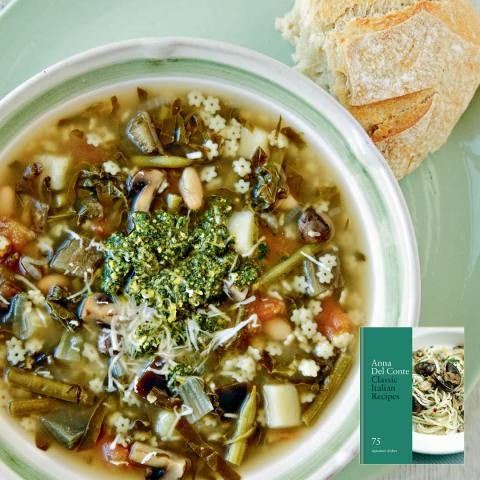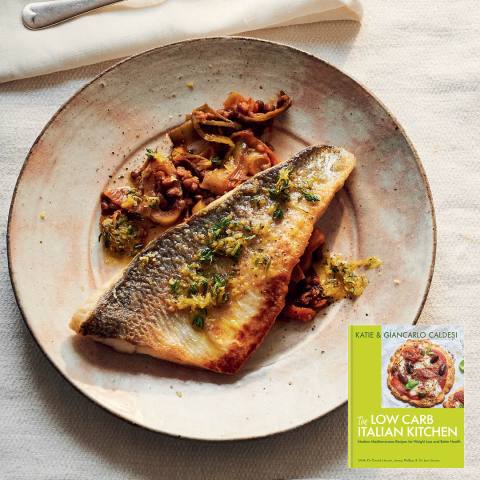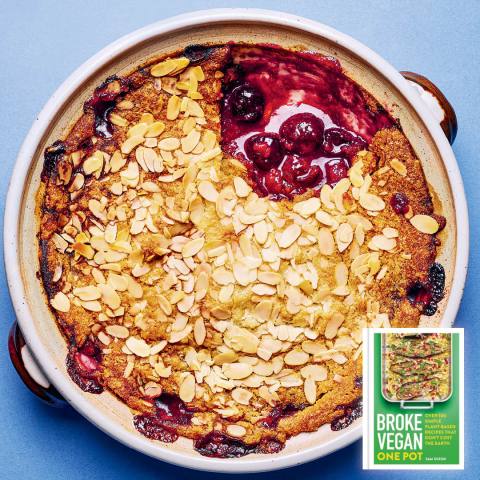Top 5: Tips on using cardamom by Chetna Makan

Aromatic cardamom is an essential ingredient in Indian and other West Asian cuisines. It is widely used in curries, spice mixes and sweets. It is also used to flavour tea (masala chai) and chewed as a digestive or breath freshener.
There are two varieties. Green cardamom has a warm, sweet, lemony flavour with clear notes of camphor and eucalyptus, making it ideal for adding depth and complexity to sweet bakes. By contrast, black cardamom, which comes from a different genus of plants, has a strong, distinctly smoky or earthy aroma and flavour that works well in savoury baking. It can be overpowering, so is not suitable for light or sweet bakes. You may come across white cardamom, which is green cardamom that has been sun-bleached to make it blend into paler desserts and sauces. Much of its flavour is lost as a consequence of the bleaching process.
Cardamom can be bought in the pod, as seeds or ready ground. Ground seeds soon lose their flavour, so buy them whole and grind them yourself using a pestle and mortar or coffee grinder. Or buy the pods and remove the seeds to grind them. This is a bit of a fiddle, but made easier if you dry-roast the pods first, then split them open with a pestle. The cardamom seeds from inside can be dry-roasted to bring out their aroma and flavour.
With its citrusy tang, green cardamom goes well with fruits such as oranges, apples, peaches, coconut and bananas; and nuts such as almonds and cashews. It has a natural affinity with chocolate and is also great with coffee.
Black cardamom works well with meat and with pulses such as lentils and chickpeas. It is a good partner for spices such as cinnamon and cloves. A little cardamom goes a long way, so use it sparingly.
Extract taken from The Cardamom Trail by Chetna Makan, available here







